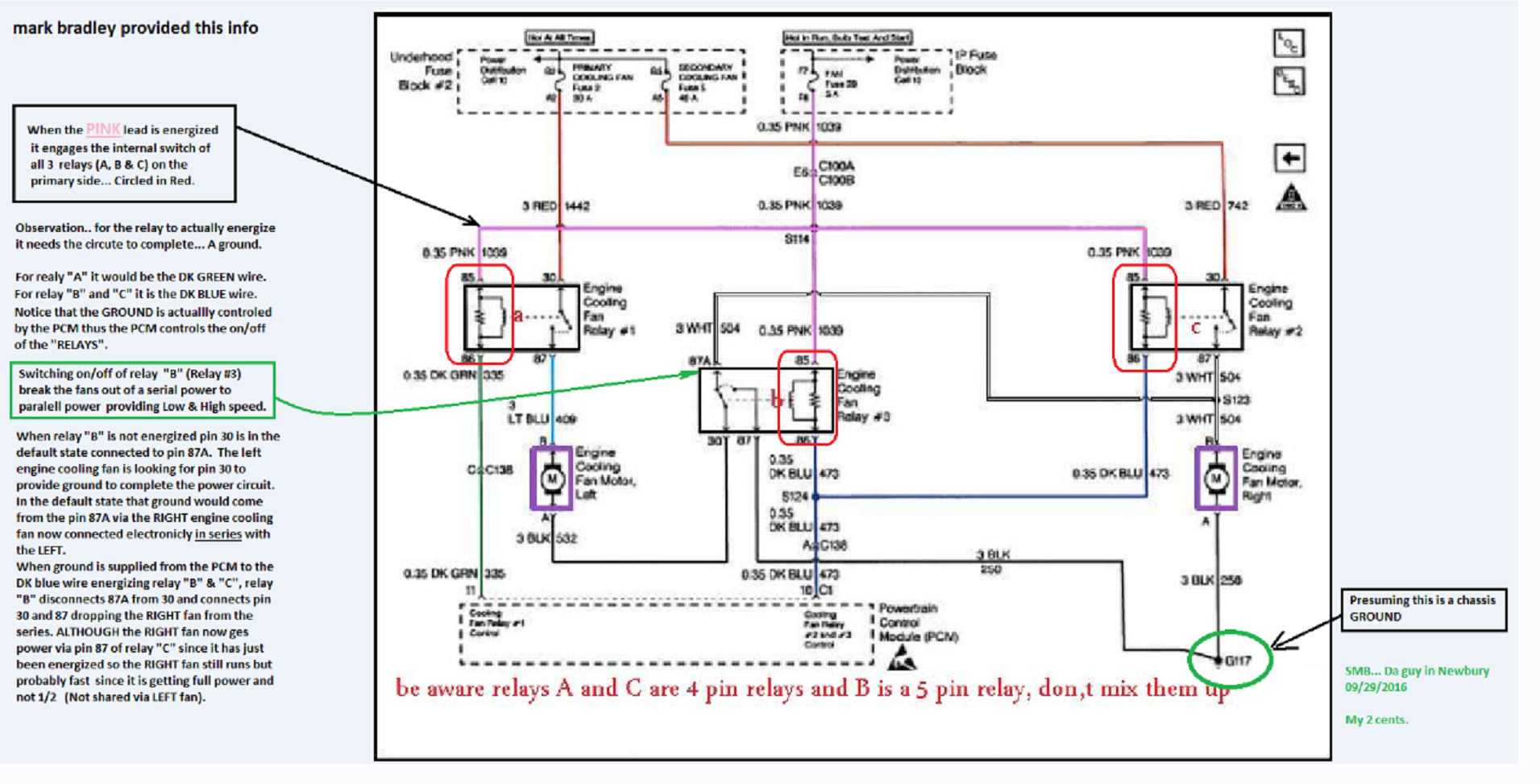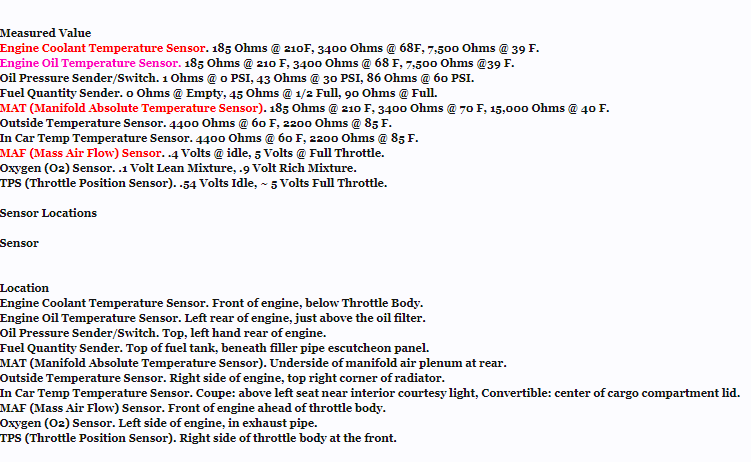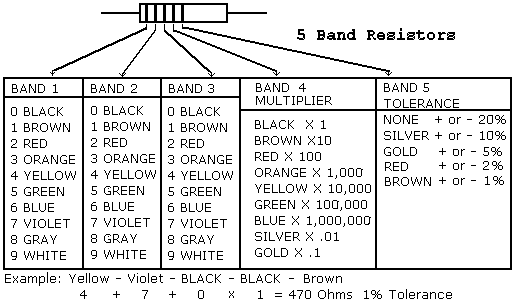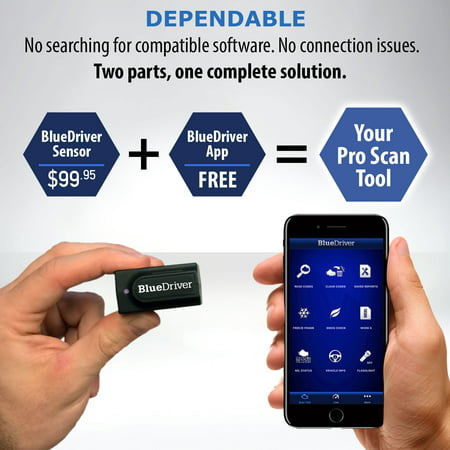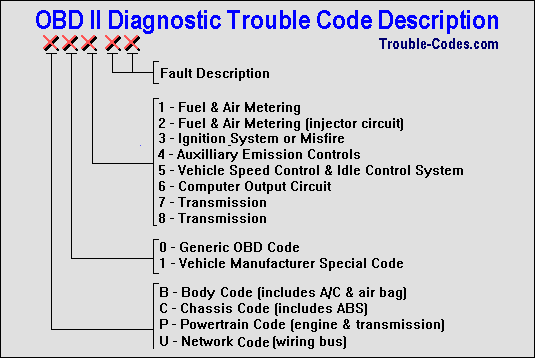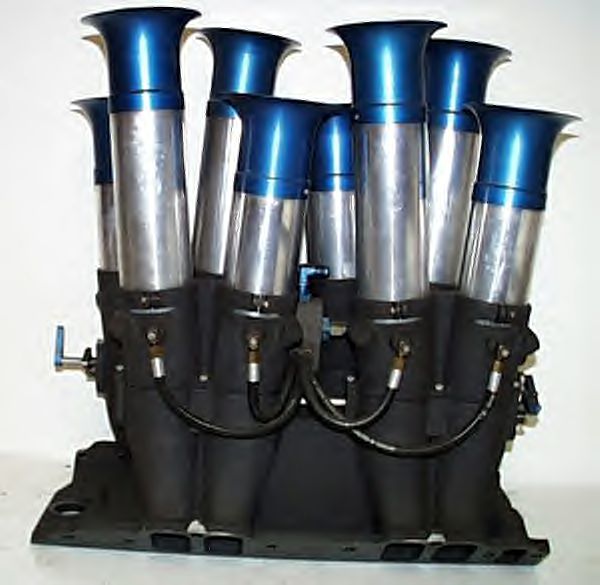

IMAGE: 1. Voltage & Current Parameters of the relay in-scripted on the Case of the relay.
2. Voltage & Current Parameters of the relay in-scripted on the Case of the relay.
Most relays are available in different operating voltages like 5V, 6V, 12V, 24V, etc. If the required operating voltage is supplied to the relay, the relay is activated. The operating voltage of a relay is generally in DC.Small signal relays and low voltage power relays are usually in DC, but mains control relays and contactors quite frequently have AC coils.The rest of the terminals of a relay are used to connect either a AC(generally 50/60Hz) or DC circuit. The switching and contact pins of the relay have their respective Maximum voltage and current ratings/Parameters. These Parameters are generally in-scripted on the plastic or PVC case of the relay.On the contact ratings, they will frequently have something like 5A@250VAC / 10A@12VDC. These are the figures you have to be within. Having said that you can run a higher current than stamped on it if your voltage is lower, they aren't directionally proportional though and the datasheet for the relay should be consulted. If a relay is overloaded, it can burn out and damage the circuit or appliances connected to it. Be sure to choose a relay that can handle your voltage and current requirements to ensure the relay coil doesn't burn out and your circuit doesn't get damaged.
Choosing a Proper Relay Amperage
How to calculate for the Correct Relay
Relay Ratings and Limits
Relays often have two ratings: AC and DC. These rating indicate how much power can be switched through the relays. This does not necessarily tell you what the limits of the relay are. For instance, a 5 Amp relay rated at 125VAC can also switch 2.5 Amps at 250VAC. Similarly, a 5 Amp relay rated at 24VDC can switch 2.5 Amps at 48VDC, or even 10 Amps at 12VDC.
Volts x Amps = Watts - Never Exceed Watts!
An easy way to determine the limit of a relay is to multiply the rated Volts times the rated Amps. This will give you the total watts a relay can switch. Every relay will have two ratings: AC and DC. You should determine the AC watts and the DC watts, and never exceed these ratings.
Example Calculations
AC Volts x AC Amps = AC Watts DC Volts x DC Amps = DC Watts
Example: A 5 Amp Relay is Rated at 250 Volts AC. 5 x 250 = 1,250 AC Watts Example: A 5 Amp Relay is Rated at 24 Volts DC.
5 x 24 = 120 DC Watts
If you are switching AC Devices, Make Sure the AC Watts of the Device you are Switching DOES NOT Exceed 1,250 when using a 5A Relay. If you are switching DC Devices, Make Sure the DC Watts of the Device you are Switching DOES NOT Exceed 120 when using a 5A Relay.
Resistive and Inductive Loads
Relays are often rated for switching resistive loads. Inductive loads can be very hard on the contacts of a relay. A resistive load is a device that stays electrically quiet when powered up, such as an incandescent light bulb. An inductive load typically has a violent startup voltage or amperage requirement, such as a motor or a transformer.
Startup and Runtime Loads
Inductive loads typically require 2-3 times the runtime voltage or amperage when power is first applied to the device. For instance, a motor rate at 5 Amps, 125 VAC will often require 10-15 amps just to get the shaft of the motor in motion. Once in motion, the the motor may consume no more than 5 amps. When driving these types of loads, choose a relay that exceeds the initial requirement of the motor. In this case, a 20-30 Amp relay should be used for best relay life.
https://relaypros.com/choosing_proper_amperage.htm
https://www.12voltplanet.co.uk/relay-guide.html
https://www.instructables.com/id/All-You-Need-to-Know-About-Relays/
